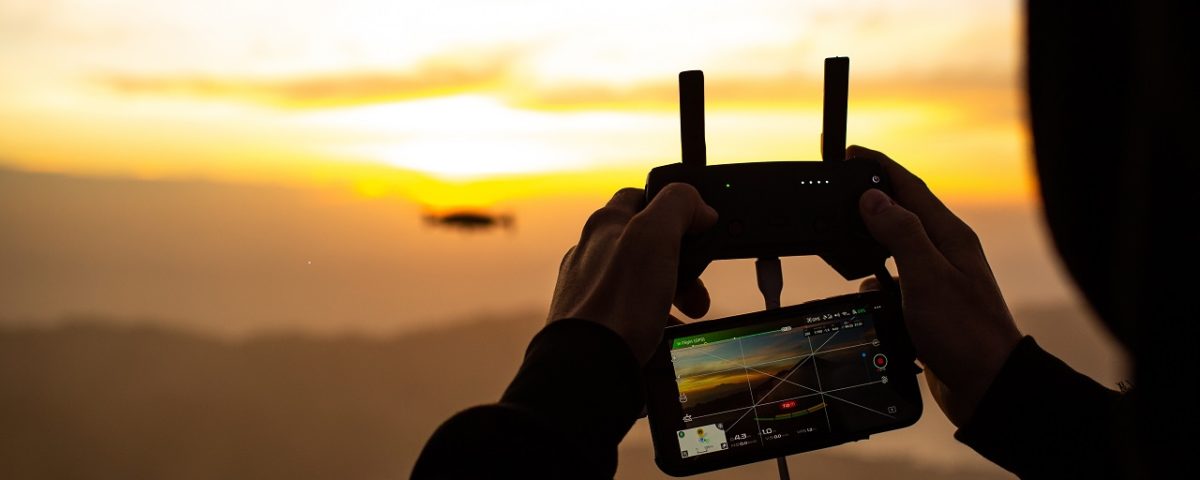People use drones for a variety of reasons. Some fly drones for leisure, some use them to race which is why it is important for them to have superb goggles. However, there are also others who use it to capture images. So what’s your reason for flying drones?
If you are into drones for business through photography or cinematography, then you’ll understand that it is very important for the images to be of high quality. Some relate image quality to image resolution but how do you get good resolution and what is it?
Today, we are going to take a closer and more technical look at the resolution. We will discuss the three different metrics that could help us define the resolution of your drone camera.
Pixel Resolution
The first of the three metrics is the pixel resolution. This refers to the number of pixels an image is made of. These would usually be denoted as a number of columns x number of rows. Alternatively, some tell the pixel resolution by stating the number of pixels. So a 2.1 MP camera may also be denoted as having a resolution of 1920 x 1080.
Although this will indicate the size of the image, it is not a great description of how big or how detailed the object is in an image. In order to properly describe that, we also have to use the other metrics such as ground sampling distance and spatial resolution that also need to be considered.
Ground Sampling Distance
This is the measurement of the distance between the centers of two pixels that are adjacent to each other. If the ground sampling distance is 1mm/px, it would mean that each pixel is 1mm in reality.
The smaller the ground sampling distance, the bigger the object appears on the image and the more details will be visible in it.
The ground sampling distance is affected by the distance of the camera and the subject of the image. As the camera goes closer to the subject, you can observe an improvement of the ground sampling distance.
Additionally, you also have to consider the type of lens used. If you are using a fisheye lens, then the improvement of the ground sampling distance will be better for images that are at the center than those that are at the edges.
It is important to consider ground sampling distance. However, there are still other factors that could play a role in the image quality. For example, even if two images are taken at the same distance with the same pixel resolution, they could still have different qualities when it comes to detail. The lighting also plays a role here and the adjustments made by the camera to compensate for that.
If the camera needs to increase the ISO or exposure time to compensate, there will be different effects for the image. The one with the higher ISO tends to capture image noise while that that extends exposure time would probably develop a motion blur. Both scenarios will affect the image quality negatively.
Spatial Resolution
Another metric that you should know about is spatial resolution, which is also known as angular resolution. This one will tell about the smallest details that could be seen in the image. The unit usually used for this is line pairs per mm. This tells how many line pairs can still be clearly visible and distinguished per 1mm. Those with higher frequencies will often be not distinguishable because that is the start of when the black and white colors mix together and form a graying appearance.
With spatial resolution, you can expect that there is a higher one in the middle than those at the edges simply because of the lens quality. Another factor that affects spatial resolution is the focus distance plus depth of field.
In order to achieve the best spatial resolution, you need to know the shortest distance wherein the camera of your drone would remain in focus. Don’t just base the image on the small screen that you see because the blur can be reduced due to the smaller screen. There would be image blur even if it is not noticeable on the smaller screen. Make sure you know the minimum distance so you don’t end up having blurry images or footage.
Apart from the above, it is also important to take note of the following for better image quality:
- Lighting condition – With enough light, the ISO wouldn’t need to increase plus the exposure time is also short. This makes the quality of the image better.
- Stable drone – The more stable your drone is in the air, the less motion blur you’d have.
- Clean lense – Sometimes, the problem with the image may not be due to the hardware itself but simply of the dirt covering the camera.


